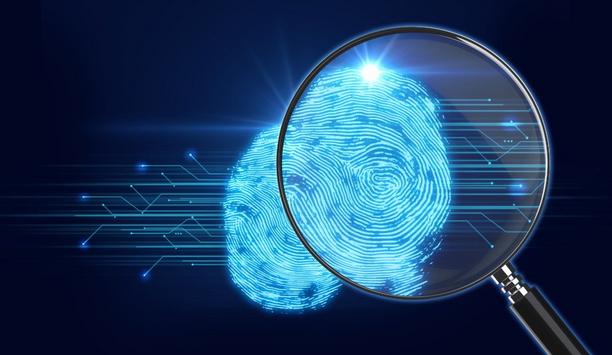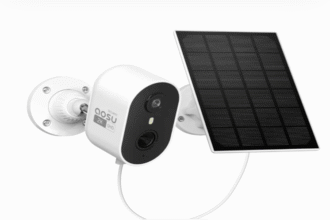In a world with massive security issues, fingerprint recognition has emerged as one of the most reliable and widely used biometric technologies. Fingerprint recognition systems are used by the general public and government agencies to verify a person’s identity. It has proven to be the most accurate and dependable way to confirm a person’s identity.
But have you ever wondered how exactly it works, and how many modes of fingerprint recognition are there? Let’s dive deeper into fingerprint recognition technology, explore its various modes, and applications.
Overview of Fingerprint Recognition:
Fingerprint recognition, as its name suggests, uses unique patterns on individuals’ fingers to recognize their identity. It is a widely used and most reliable method of biometric authentication because every individual has a unique print on their finger. Even identical twins have unique fingerprint patterns, which makes this method of identity recognition highly secure and reliable.
Fingerprint recognition has become part of our daily lives, from unlocking our smartphones to checking into work, from withdrawing cash at an ATM to going through security checks at the airport, it has become the most common method of identity recognition.
How Does Fingerprint Recognition Work?
A fingerprint recognition system captures and analyzes the unique pattern on the user’s finger to check their identity. It works in three steps, which are as follows:
1.Capture Image:
A fingerprint scanner is used to capture the image of the fingerprint. There are different types of available fingerprint scanners:
- Optical Scanner – uses a digital camera to capture the image of the fingerprint.
- Capacitive Scanner – detects the electrical currents between ridges and furrows of the fingerprint.
- Ultrasound Scanner – uses high-frequency sound waves to make an image of the fingerprint.
2.Analysis & Template:
The scanned image of the fingerprint is analyzed to extract unique features called minutiae. These minutiae are then converted to a digital template.
3.Comparison & Authentication:
The digital template is then compared with the already existing template stored in the database to confirm the person’s identity. If the match is found, the user is authenticated, and if not, the user is denied.
Modes of Fingerprint Recognition:
There are several modes of fingerprint recognition, each serving a unique purpose. Some most commonly used modes are given below:
- Single Finger Scanning: It is the most common and widely used mode that scans one finger, usually a thumb or index finger, to identify a person. It is commonly used in smartphones and office attendance.
- Dual Finger Scanning: This mode scans two fingers to identify the person; it is more secure and reduces the chance of false identification. It is used in border control and high-level security systems.
- Ten Finger Scanning: This mode uses a 10 finger scanner technique that scans all ten fingers of both hands to identify the person. It is often used by law enforcement and immigration offices.
- Rolled Fingerprint Scanning: This mode involves rolling the finger from one side to the other on the scanner to get more detail of the ridges. It is used for official purposes for passports, immigration purposes, and criminal records.
- Palm Print Scanning: This mode goes beyond fingers and scans the whole palm. It is a highly accurate identification method and is used in forensic investigation and confidential access control systems.
Application of Fingerprint Recognition:
Fingerprint recognition system is used in real-world settings, its common applications are as follows:
- Mobile Devices: It is used in smartphones, tablets, and even some laptops to unlock the screen.
- Biometric Attendance: It is the most common method of biometric attendance used by firms, schools, and offices.
- Law Enforcement: It is used by law enforcement to track down suspects and match evidence.
- Security Identification: It is used by buildings, government agencies, and intelligence teams for personal identity and security assurance.
- Banking Services: It is also used for secure login and verification during transactions.
Conclusion:
In short, fingerprint recognition is a very strong and reliable system of biometric identification. It offers different modes that serve security from the general public to highly confidential organizations. With advanced technology, fingerprint recognition systems will continue to improve and ensure our security in the realm of biometric identification.

















